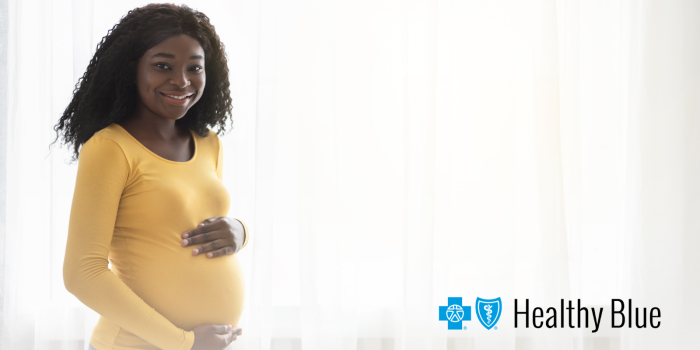
Count the Kicks Launches in Louisiana
Healthy Blue Louisiana is partnering with Count the Kicks to educate expectant parents in Louisiana about the importance of paying attention to their baby’s movements in the third trimester of pregnancy. Research shows nearly 30% of stillbirths can be prevented when expectant parents are educated on how to monitor their baby’s movements daily starting at 28 weeks.
The health of a mom and the health of her baby are intrinsically connected. The Centers for Disease Control & Prevention (CDC) lists a change in a baby’s movements as one of its 15 urgent maternal warning signs. Research shows a change in a baby’s normal movement pattern is sometimes the first or only indication there may be an issue developing during the pregnancy.
After a few days using the FREE Count the Kicks mobile app (available in 20+ languages), web-based counting platform or counting on a paper chart, expectant parents will begin to see a pattern, a normal amount of time it takes their baby to get to 10 movements. If their baby’s ‘normal’ changes during the third trimester, this could be a sign of potential problems and is an indication that the expectant parent should call their health care provider right away.
Thanks to the partnership with Healthy Blue, maternal health providers, birthing hospitals, social service agencies, childbirth educators and other providers in Louisiana can order FREE Count the Kicks educational materials to help them have a conversation about baby’s movement patterns with expectant parents. These materials are available in English and Spanish.
Stillbirth is commonly defined as the loss of a baby at 20 weeks or greater gestation during pregnancy. For families in Louisiana, one in every 190 pregnancies ends in stillbirth, which means there are around 302 stillbirths in the state each year.
Differences in stillbirth outcomes persist, and data shows that a disproportionate number of babies are born still to Native Hawaiian or Other Pacific Islander, Black, and American Indian or Alaska Native families. Expectant parents in some age groups, geographic locations, and those expecting multiples also face an increased risk of stillbirth.
Research published in BJOG: An International Journal of Obstetrics and Gynaecology shows a more than 30% reduction in Iowa’s stillbirth rate in the first 10 years of the Count the Kicks program at a time when America’s stillbirth rate remained stagnant. Through this collaboration, Healthy Blue is hoping to bring the same success to Louisiana, which would save approximately 97 babies in the state each year.
Easy Delivery!
Sign up for our newsletter for the simplest way to stay in touch with the latest information about our mission, events, volunteer opportunities, and more.



